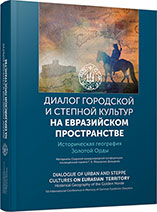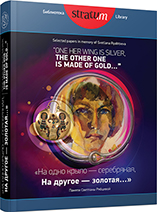
К вопросу о границе между ранним и поздним горизонтами золотоордынского слоя Болгарского городища
The peculiarities of the Golden-Horde bedding of the Bolgar hillfort in the 10th — 15th centuries are analyzed. It is proposed to consider the 1340s as the boundary between the early and the late horizons of the Golden-Horde stratum, when the administrative and financial reforms of the first decades of the 14th century resulted in further integration of the Bolgar Ulus territory in the economic system of the Golden Horde.
More...
